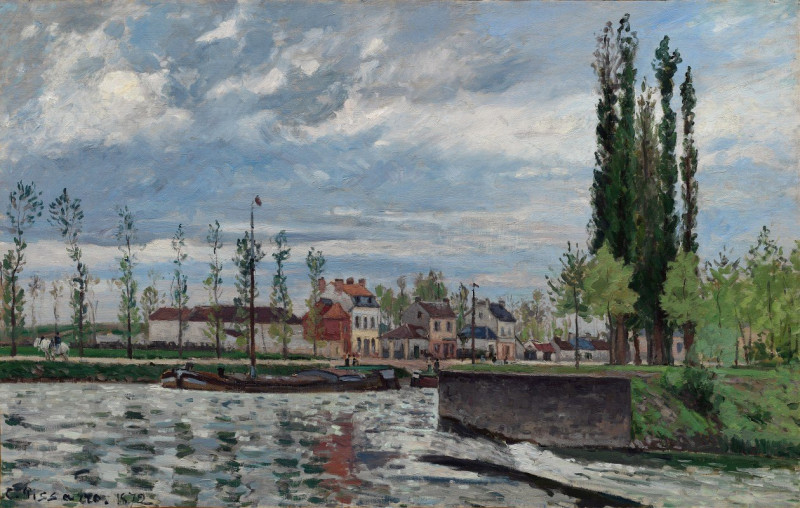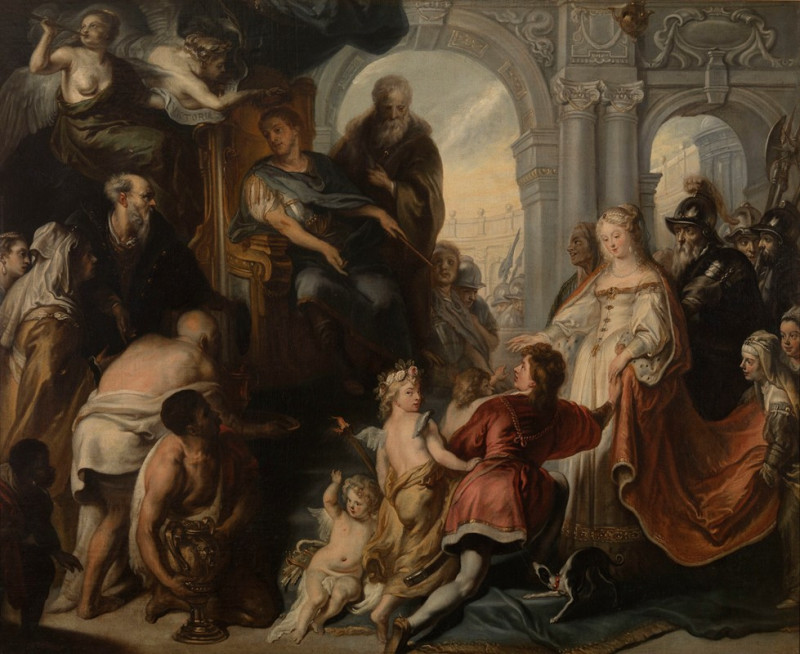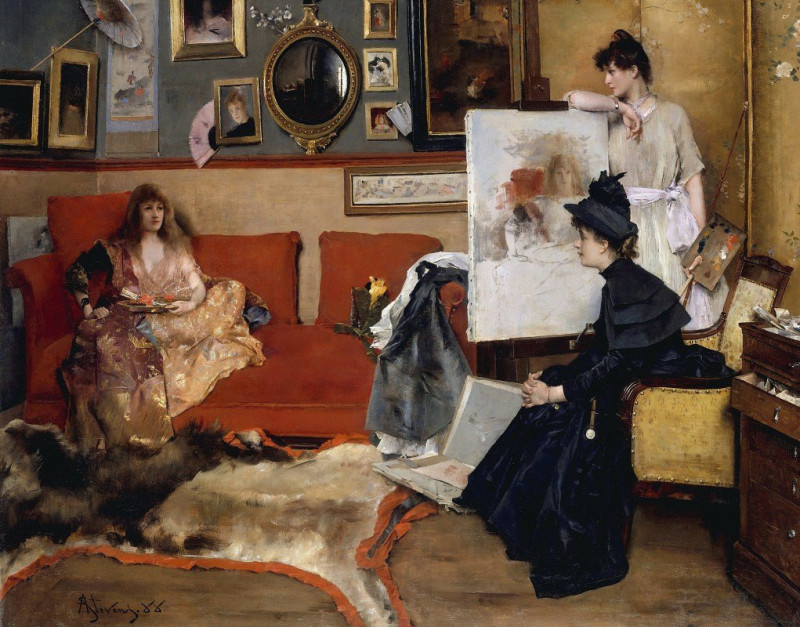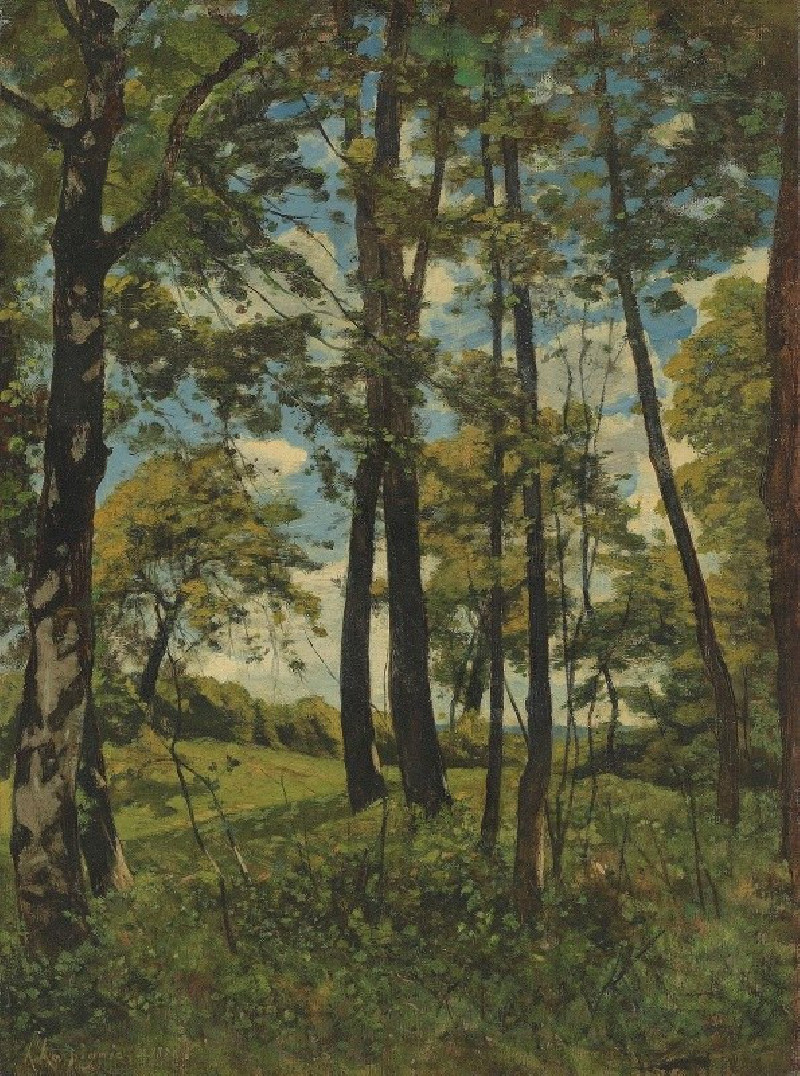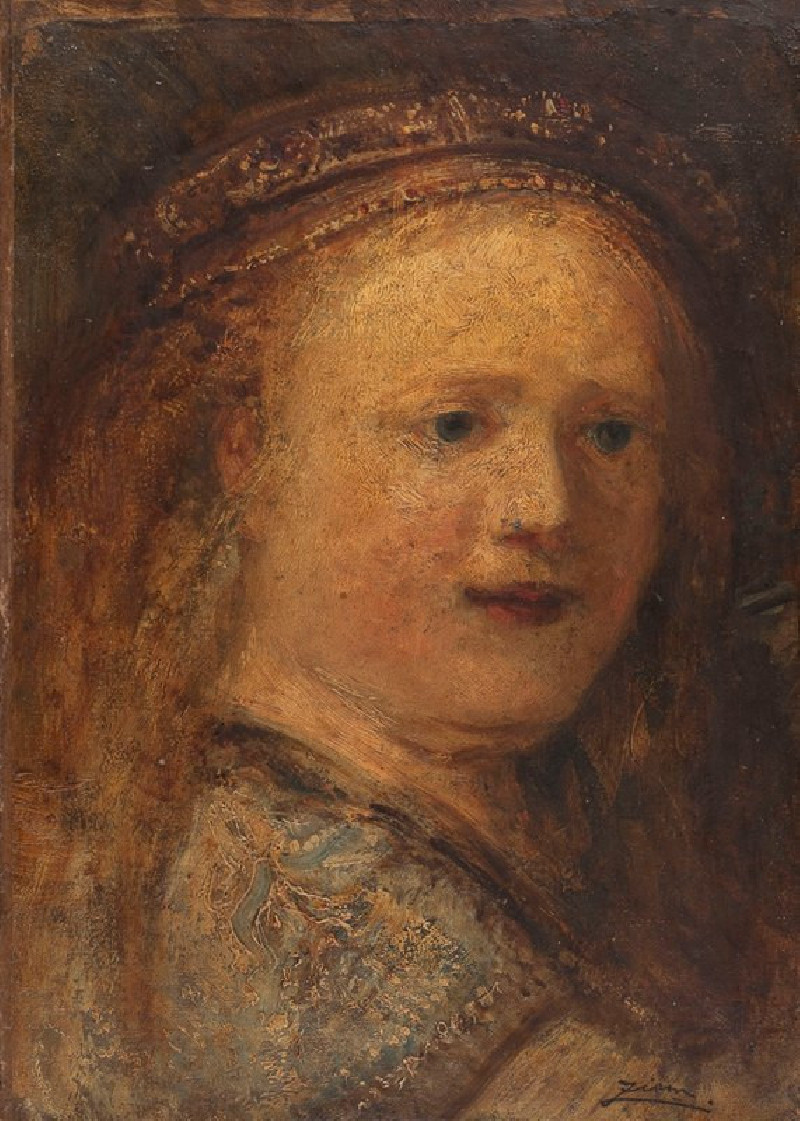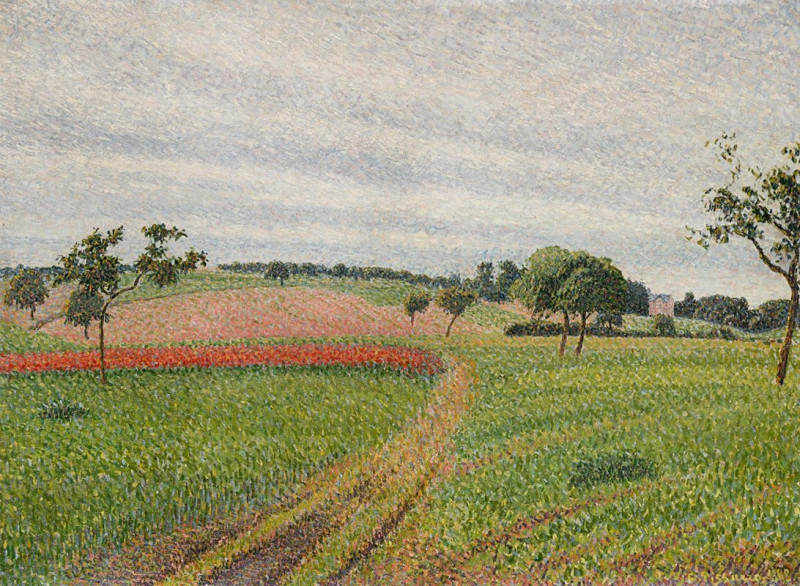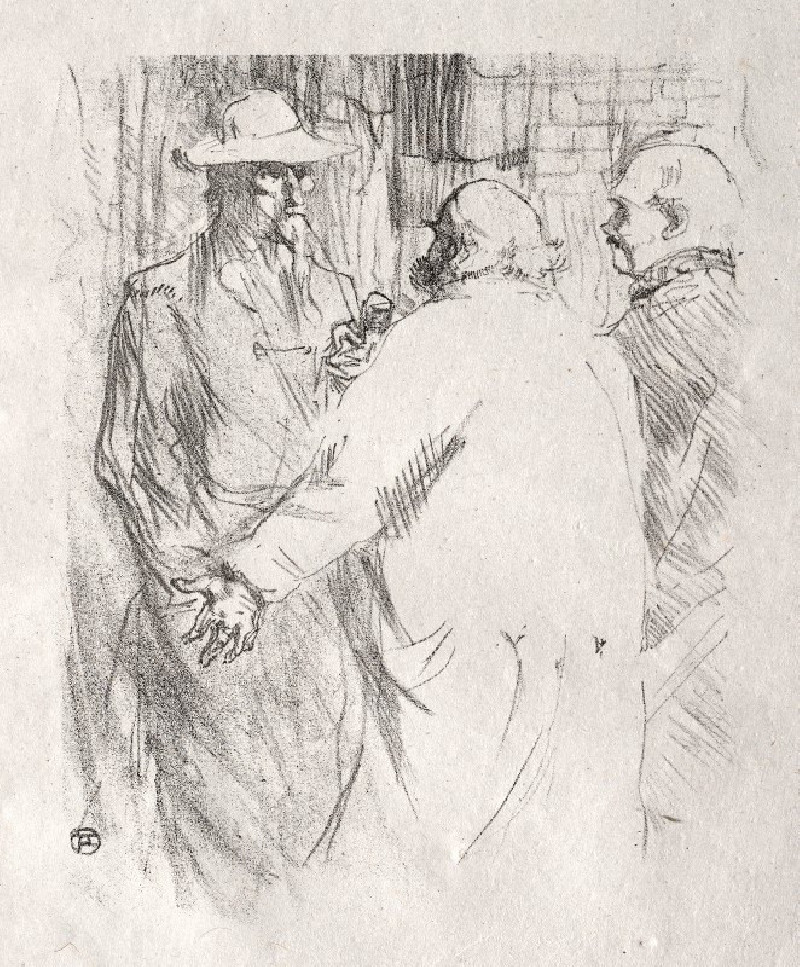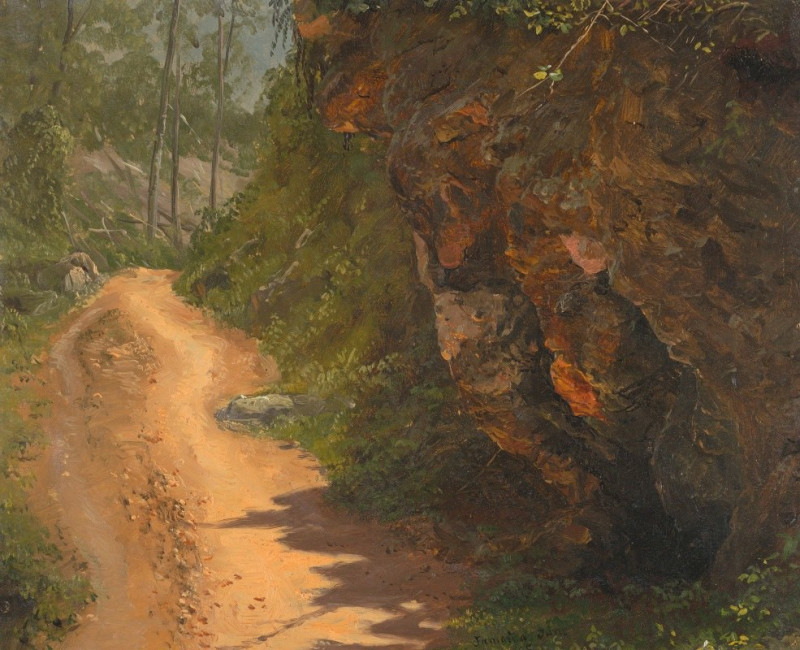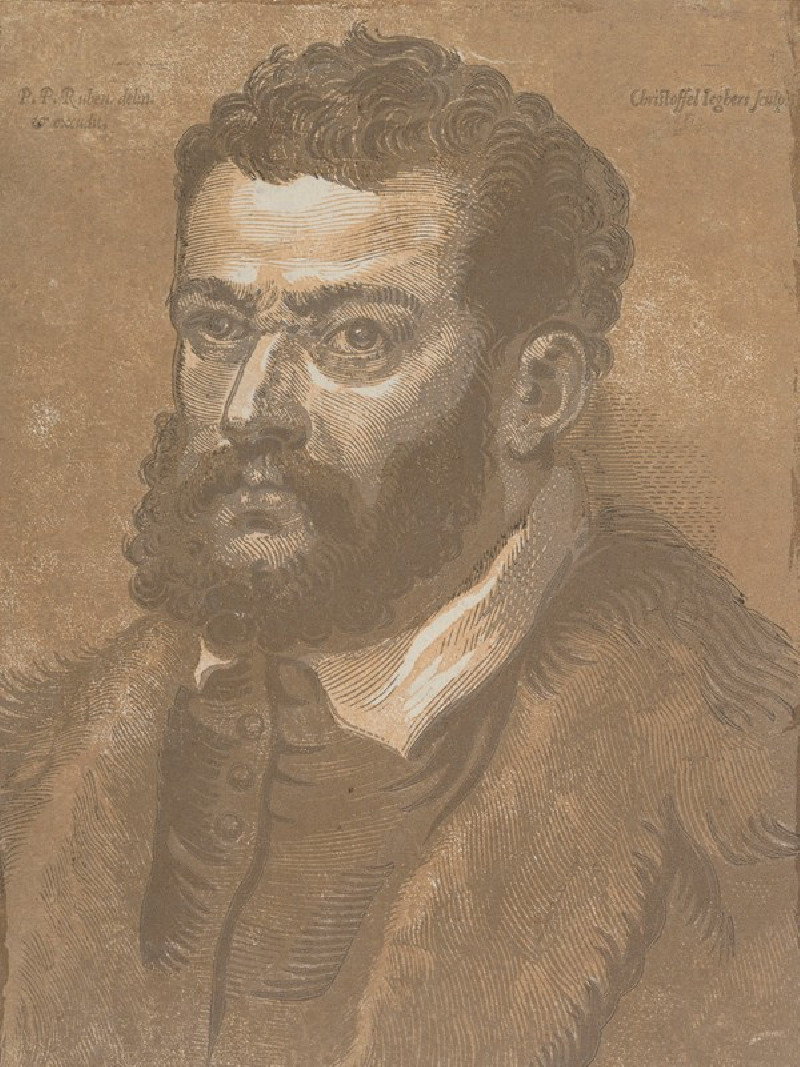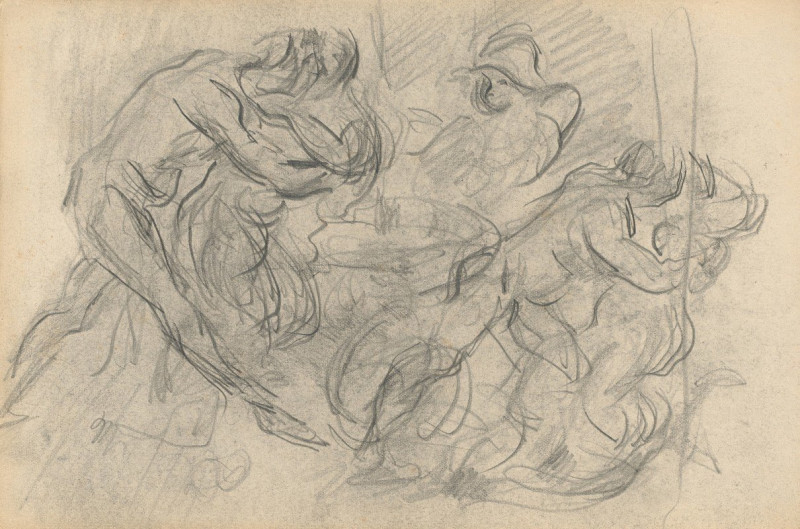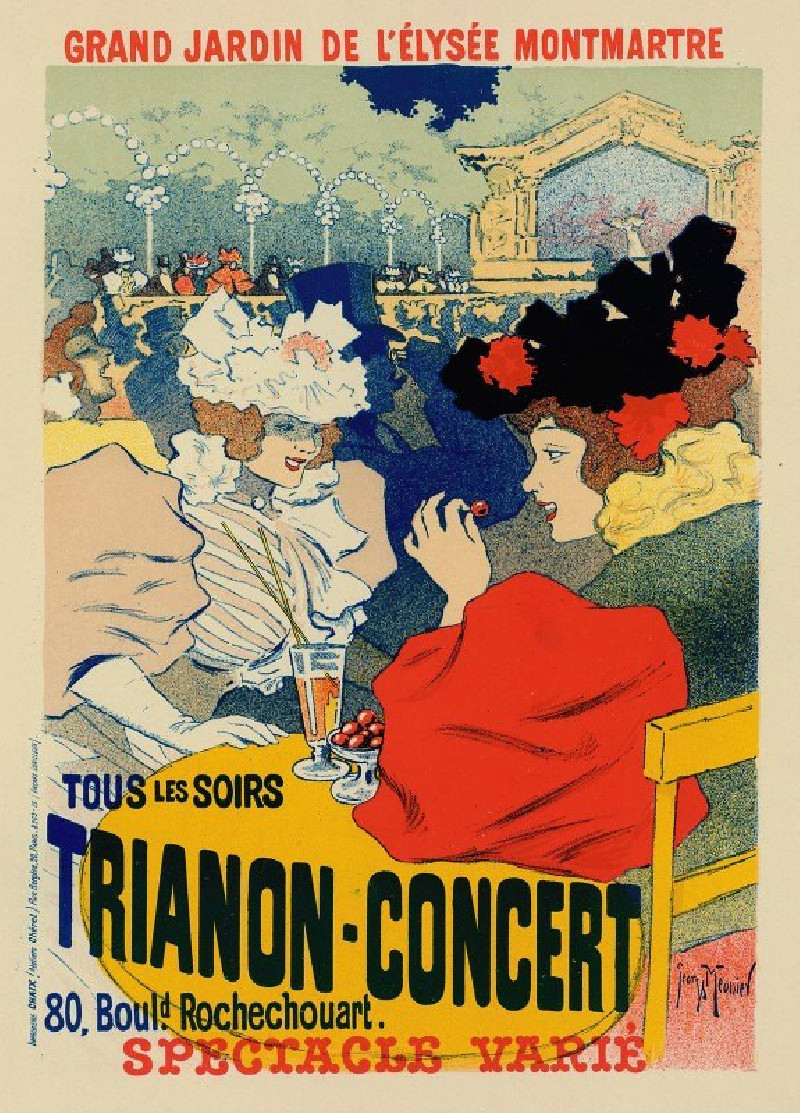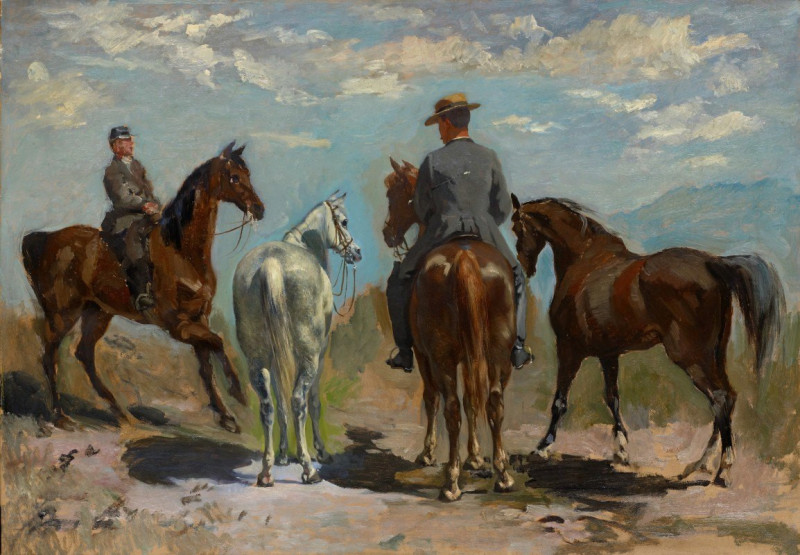The Lock at Pontoise (1872)
Technique: Giclée quality print
Recommended by our customers
More about this artwork
Camille Pissarro's "The Lock at Pontoise" is a captivating work of art that masterfully captures the tranquil essence of rural France in the late 19th century. This serene landscape, painted in 1872, depicts a peaceful moment along the Oise River in the town of Pontoise, where Pissarro spent significant periods of his artistic career.At the center of the composition lies a lock, a device used for raising and lowering boats between stretches of water of different levels on river and canal waterways. The lock gates are partially visible, and a barge appears moored nearby, suggesting the everyday commerce and life associated with this river town. On the left, a figure interacts with a horse, adding a touch of human presence that is subtly integrated into the scene.Pissarro's use of vibrant yet soft brushstrokes enhances the reflective quality of the water, mirroring a sky filled with dynamic and swirling clouds. This interaction between sky and water creates a luminous effect, drawing the viewer’s eye across the expanse of the painting. Along the riverside, clusters of young trees and tall poplars stand against a backdrop of quaint village houses, characterized by their traditional architecture and earthy tones."The Lock at Pontoise" not only reflects Pissarro’s dedication to portraying rural landscapes and their interaction with human life but also exemplifies the Impressionist movement's fascination with light, atmosphere, and the beauty of the everyday.
Delivery
Returns
Blessed are they who see beautiful things in humble places where other people see nothing. — Camille Pissarro
Camille Pissarro (1830-1903) was born on St.Thomas (now the US Virgin Islands) to a Portuguese father and a Dominican mother. He went to Paris to study art at Ecole des Beaux-Arts. He was an early pioneer of pointillism and neo-impressionism and later became a mentor of many famous impressionist painters including Cezanne, Manet, Renoir, and Gauguin. His paintings depicted rural and urban French landscapes and lifestyle. Many of his works politically captured images of peasants and laborers. Today, he is considered the father of impressionism.

